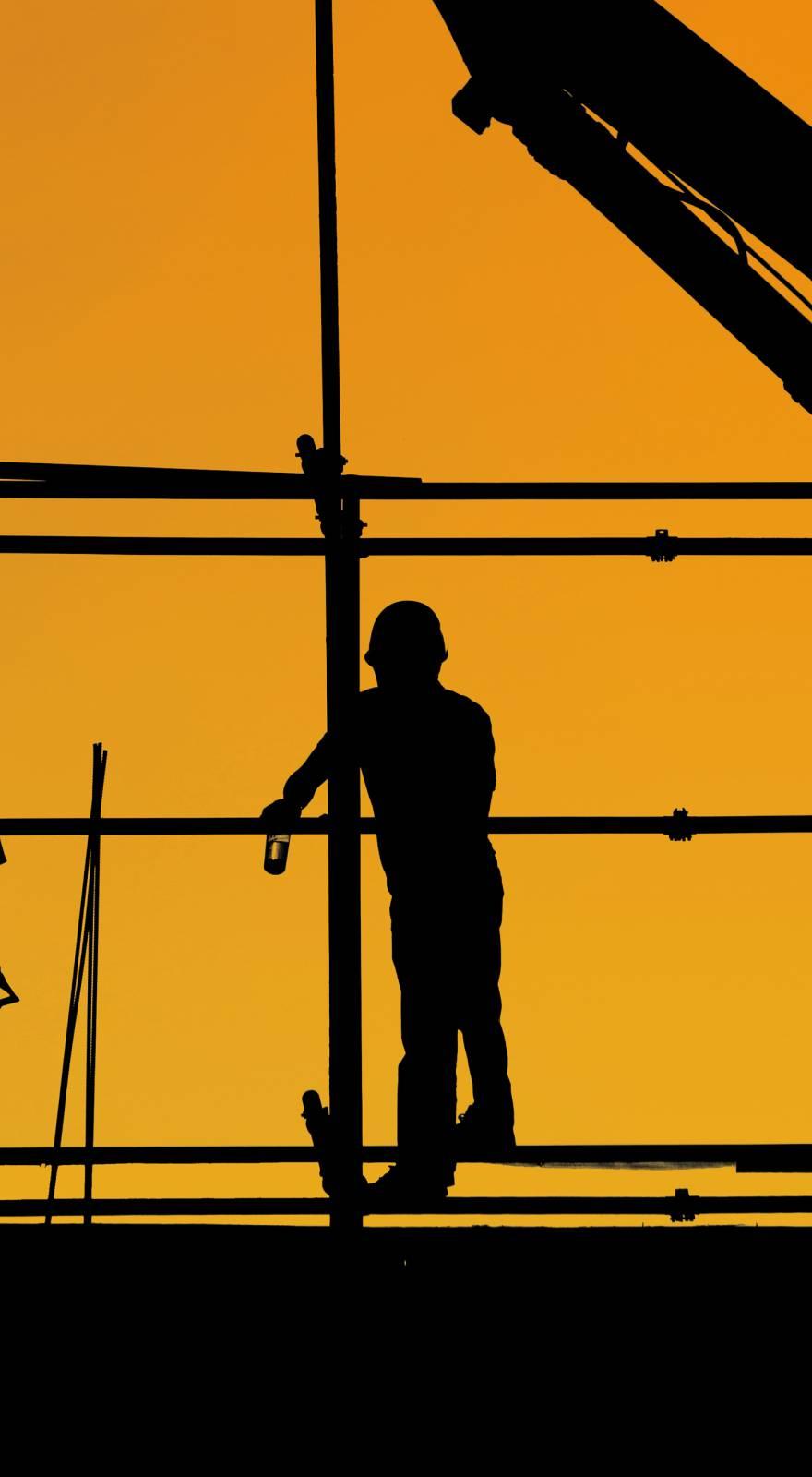Knowde Enhanced TDS
Identification & Functionality
- Chemical Family
- Polymer Name
- Technologies
- Product Families
Features & Benefits
- Labeling Claims
- Materials Features
- Advantages
Soft Natural Rubber
DURO-BOND S-123 is an uncured, soft three ply rubber sheet lining. The lining consists of a soft ply bonded to the substrate, a semi-hard center ply, and a soft natural outer ply.
The multiple ply construction of DURO-BOND S-123 offers the advantages of the combined physical properties that are found in both hard and soft rubbers. The soft face ply provides excellent abrasion and impact resistance, the semi-hard center ply provides maximum chemical resistance, and the soft backing ply provides maximum flexibility and adhesion to the substrate.
Hard Natural Rubber
DURO-BOND SH-160 is an uncured, flexible, hard rubber sheet lining. It is a high grade, duplex rubber sheet lining consisting of a flexible ebonite semi-hard rubber layer backed with a thin layer of soft gum rubber. DURO-BOND SH-160CL is the same lining except that it is specifically formulated for chlorine service.
The outer layer of DURO-BOND SH160 and SH-160CL provide the outstanding corrosion resistance to a variety of corrosive materials at continuous elevated temperatures typical of the chemical resistant qualities of hard rubber. The inner layer that is bonded to the substrate is a flexible semi-hard rubber which resists temperature variations that can cause hard rubber linings to crack.
Since DURO-BOND SH-160 and DURO-BOND SH-160CL are applied while in the soft uncured state, they readily conform to curved surfaces and can be applied to a wide variety of complex equipment. DURO-BOND SH-160CL has been specially formulated for service as a corrosion resistant tank lining for use in chlorine service.
Applications & Uses
- Markets
- Applications
- Plastics & Elastomers End Uses
- Uses
- DURO-BOND S-123 Soft Natural Rubber is used as a general purpose lining material for resistance to chemical agents and abrasion. It is generally resistant to alkalis, numerous acidic and organic chemicals and inorganic salts, and is used for lining equipment such as steel tanks, agitated vessels, agitators and related process equipment. When resistance to a combination of high temperature conditions and abrasive situations is required, DURO-BOND S-123 proves to be quite useful.
- DURO-BOND SH-160 and SH-160CL Hard Natural Rubbers are used as a lining material when resistance to a wide variety of corrosive materials at continuous elevated temperatures is required. DURO-BOND SH-160 and DUROBOND SH-160CL resists the low concentration, high temperature conditions generally found in water treatment facilities and other chemical environments including pickling solutions and strong acids at high temperatures.
- Application
The installation of Duro-Bond S-123, DURO-BOND SH-160 and SH-160CL sheet linings is described in the following steps:
1. The metal surfaces are sand or grit blasted to a gray-white metal.
2. One coat of primer is applied immediately after blasting metal to prevent rusting. Additional coats of primer are applied, if necessary.
3. The required coats of intermediate or tie cement are applied allowing sufficient drying time so that the coat being applied does not lift the preceding coat.
4. Edges of all sheets are skived at an angle from the top surface to the bottom of the sheet. A closed skive construction commonly known as a down skive is used.
5. The sheet is wiped with the recommended solvent and allowed to dry before application. The sheet is then applied using the minimum number of seams consistent with good lining practice. Edges should overlap approximately 2" unless restricted by dimensional tolerances. During application, sheets are rolled and all seams and corners carefully stitched to eliminate all trapped air between lining and cemented surfaces.
6. Steam is required to vulcanize all natural rubber linings to produce the required physical and chemical properties and adhesion to the metal substrate.
- Method of Testing
All lined surfaces are inspected for blisters, lifted edges and surface defects. Any special dimensional tolerances required after lining are also checked.
All areas are spark tested for leaks using a dielectric spark tester adjusted to 5,000 volts. The tester is moved constantly and quickly over the lining surface to prevent a burn through.
- Repair Procedure
Most defects will be blisters between lining and substrate, blow holes where the lining is actually ruptured, small cracks in the lining or physical damage which may result in a scuffed or broken lining.
If a defect occurs, the defective lining is removed to a point where firm adhesion to the substrate is found, a suitable repair made with the same or equivalent lining material usually using a chemical cure method and subsequently testing the repaired areas as described in "Method of Testing".
Properties
- Color
- Physical Form
- Physical Properties
| Value | Units | Test Method / Conditions | |
| Specific Gravity | 1.1 | — | — |
| Tensile Strength | min. 750 | psi | — |
| Elongation | max. 100 | — | — |
| Hardness Shore "A" (after cure) | 65+5 | — | — |
| Water Absorption (max by volume) (immersion for 96 hrs at 212°F) | 15.0 | % | — |
| Thickness | 3/16”,1/4”,3/8” | — | — |
| Abrasion Resistance | Excellent | — | — |
Technical Details & Test Data
- Service Temperature
The maximum recommended operating temperature for DURO-BOND S-123, SH-160, and SH-160CL is 200°F (93°C). At elevated temperatures rubber linings may harden and age prematurely, resulting in cracks and failure. It is sometimes desirable to provide thermal insulation, thereby increasing the service life of the lining. Corrosion resistant brick sheathing joined with one of the Electro Chemical corrosion resistant cements is used in conjunction with Duro-Bond Rubber Linings when excessive temperatures are present. A 4" thick brick sheathing will provide a temperature drop of approximately 50°F and an 8" brick lining will provide a drop of approximately 100°F. When carbon brick are used the temperature drop will be somewhat less.

